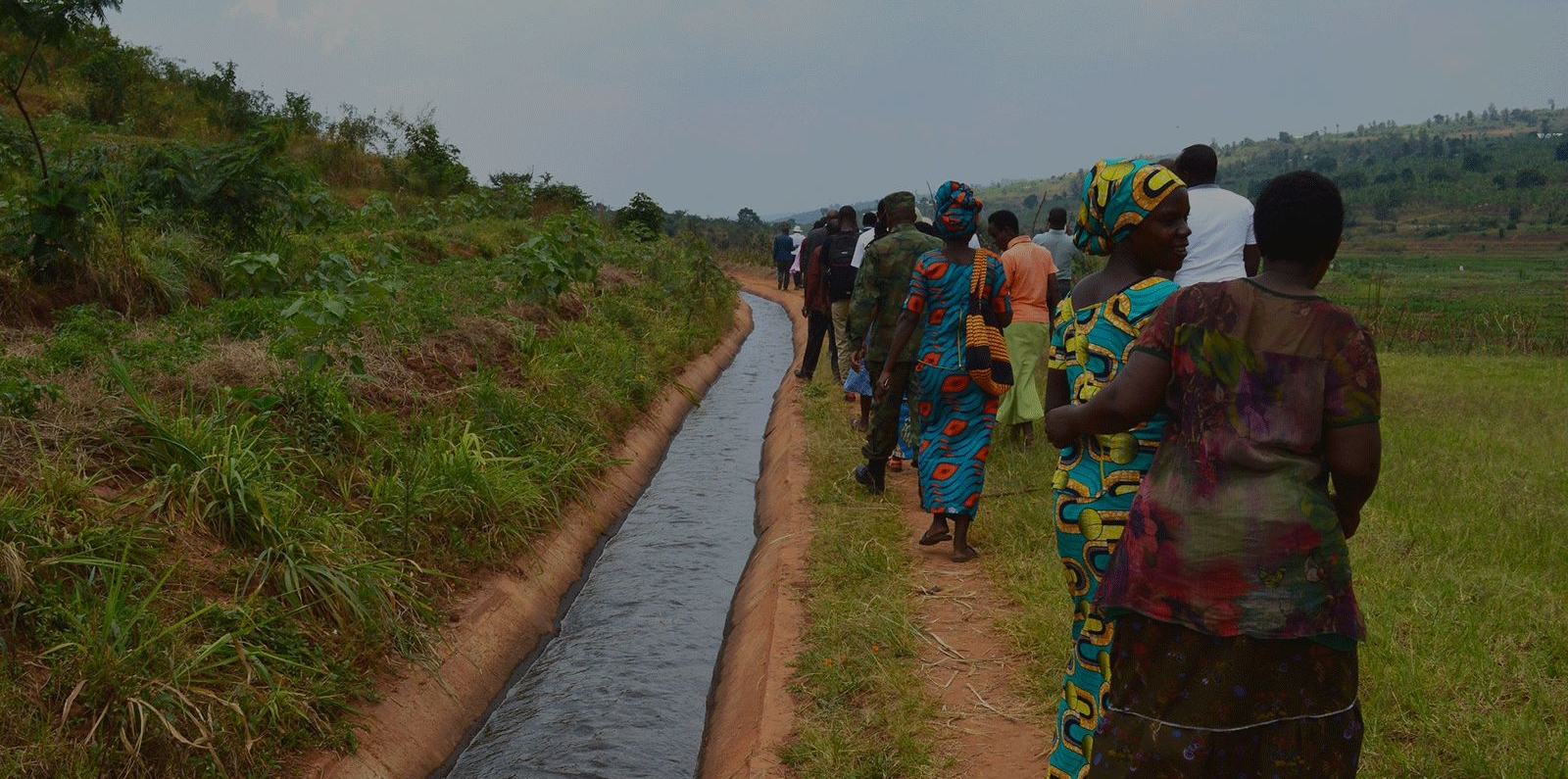The Global Agriculture and Food Security Program (GAFSP) is a US$2 billion multilateral financing platform dedicated to improving food and nutrition security in the world’s poorest countries. Launched by the G20 in the wake of the global response to the 2007–08 food price crisis, GAFSP provides grants to countries and producer organizations, as well as concessional loans and blended finance solutions to agribusinesses to support activities along the food value chain – from ‘farm to table’.
Since 2010, GAFSP has supported the inclusion of climate change considerations across all program elements. As a result, almost two-thirds of all program grants include adaptation or mitigation co-benefits efforts. And, since 2017, all public sector projects have included climate co-benefits, supporting critical agricultural interventions such as increasing access to resilient seed varieties, putting in place more efficient irrigation, and supporting drought-resistant and intercropping practices. In addition, GAFSP’s overall portfolio has been found to be a net reducer of greenhouse gas emissions, removing 15.4 million tons of carbon dioxide equivalent (tCO2e), which offsets the portfolio’s overall greenhouse gas emissions of 7.8 million tCO2e.
How will GAFSP scale up its ambition on climate?
Based on a strong consensus among GAFSP Steering Committee members – partner countries, donors, multilateral development agencies, and civil society organizations – GAFSP is deepening the integration of climate considerations and solutions across all operations. Key elements include:
- All projects will support, enhance, and/or align with national or global agricultural climate strategies and commitments to combat climate change, and project design will be informed by climate vulnerability analyses.
- GAFSP is expanding its scope to incorporate a broader range of climate approaches. This will, for example, allow smallholder farmers to draw on elements of agroecology — as a scientific approach, practice, and social movement — in the design and implementation of projects.
- GAFSP’s Technical Advisory Committee – an independent panel of experts that reviews and recommends projects for grant allocations – will now include a climate expert and climate considerations will be included as a key project scoring element.
- GAFSP is expanding its climate portfolio analyses and related reporting. Projects will be required to report on at least one climate indicator to better track GAFSP’s support for climate-focused activities at the project level and across the portfolio.
- And, in partnership with Steering Committee members and other partners, the Program will remain involved in key global moments and fora around the climate agenda, sharing program experiences and continuing program evolution to improve the GAFSP’s support to the agriculture-food-climate nexus.
With these changes, GAFSP will be well placed as a critical source of grant financing to support countries and smallholder farmers to accelerate progress on climate action.
Examples of GAFSP’s support for climate-resilience
- In Bangladesh, the Integrated Agricultural Productivity Project (IAPP) helped increase agricultural productivity in communities impacted by climate change by introducing climate-smart agricultural technologies, agronomic practices, and crop varieties. For example, the project used alternate wet-dry irrigation to reduce water use by up to 25 percent and greenhouse gas emissions (specifically methane) by 50 percent. Over five years, the project benefited nearly 1.5 million smallholder farmers and their families, increasing income levels for crop farmers by 15 percent and income levels for fishers by 37 percent.
- In Cambodia, the Climate Resilience Rice Commercialization Sector Development Program (Rice-SDP) has helped increase smallholder farmers’ access to finance, equipment, and infrastructure that improves rice seed quality, yields, post-harvest technology, and export potential. The project has also launched a weather-based index insurance scheme to reduce risks associated with rice production and incentivize farmers to adopt modern production technology.
- In Tajikistan, the Public Employment for Sustainable Agriculture and Water Resources Management Project II (PAMP II) has created an efficient and sustainable water resource management system and provided better irrigation services to farmers. The project has helped over 1 million people and equipped over 250,000 hectares of farmland with improved water management and irrigation service delivery.
- In Timor-Leste, the Sustainable Agriculture Productivity Improvement Project (SAPIP) supports promoting and implementing various climate-smart agriculture techniques while protecting forest resources. For example, the project supports the training of farmers in watershed management and climate-smart agriculture techniques, such as promoting alternatives to the destructive practice of “slash and burn” agriculture. Within the GAFSP portfolio, SAPIP has the highest mitigation potential, with reductions in GHG emissions equivalent to 3.2 million tonnes of CO2, due to its strong focus on afforestation and forest management activities.
- In Zambia, the Agricultural Productivity and Market Enhancement Project (APMEP) has strengthened smallholder farmers’ climate resilience through climate-resilient irrigation and water management practices, promoting traditional agronomic techniques such as on-farm water management and livestock management. For example, the project has supported aquaculture development by delivering training, fish cages, and pens to over 600 fish farmers and distributing over 2.5 million fingerlings to address regular fish farming from lakes and rivers.
